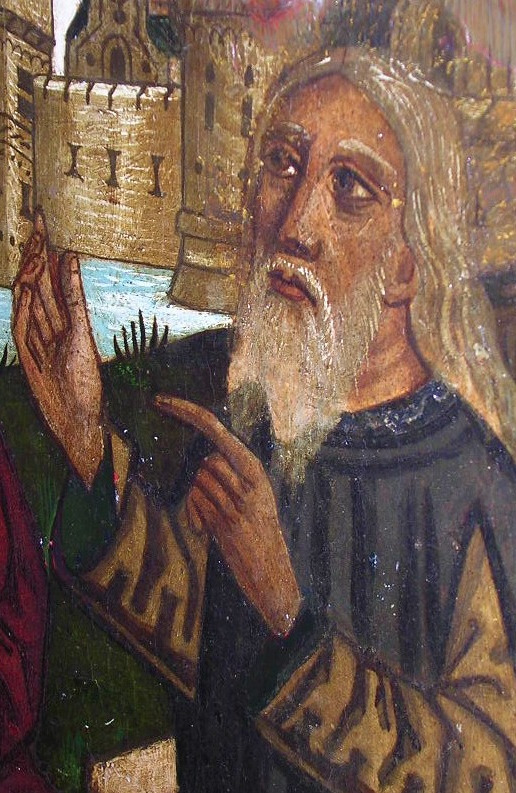- Introduction
- Context
- Life
- Thought
-
Works
- The multilingual nature of Llull's works
- Llull and the catalan language
- Diffusion and preservation
- Book of Contemplation
- Book of the Gentile
- Book of the Order of Chivalry
- Doctrina pueril
- Romance of Evast and Blaquerna
- Book of the Lover and the Beloved
- Ars demonstrativa
- Felix or the Book of Wonders
- Book of the Beasts
- Desconhort
- Tree of Science
- Exemplary Tree
- Cant de Ramon
- Rhetorica nova
- Logica nova
- Liber de fine
- Ars brevis
- Phantasticus
- Ars brevis praedicationis
- Gallery of images
- Database / Dictionary
Who is Ramon Llull?

Born in Majorca, Ramon Llull lived from 1232 to 1316 and was a prolific and multi-faceted author who expressed his thoughts in Latin, Catalan and Arabic. The heart of Llull’s contribution resided in what he called the Art: a general system for the interpretation of visible and invisible reality, which made use of semi-mechanical techniques, symbolic notation and combinatorial diagrams. The Art was the foundation of his apologetics and provided a single methodological basis for all fields of knowledge in the 13th century, from theology to the natural and human sciences.
His intellectual profile is complex and atypical: as a Christian philosopher, he developed Neoplatonic and Aristotelian themes in a creative manner; as a mystic, he has been considered to be the founding father of the great Iberian tradition; as a novelist, he was one of the first to propound contemporary themes; as an apologist for Christianity, he promoted missionary schools and conceived of a new method for bringing about conversions. Llull was also one of the first writers to use the vernacular, in his case Catalan, to discuss theological, philosophical and scientific subjects normally reserved for the language of learning, that is to say, Latin.